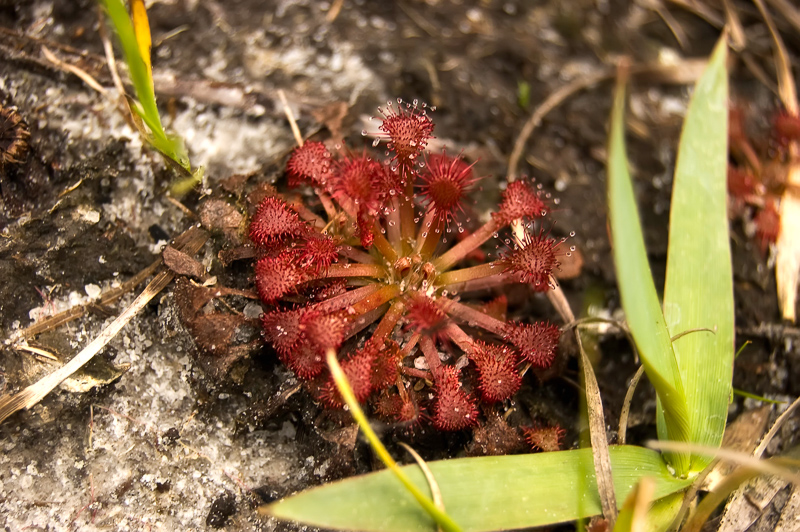
by Rich Leighton | Sep 10, 2019 | Carnivorous Plants, Florida Nature Facts, Florida Nature Photography, Natural History, Nature & Wildlife
Often described as “living flypaper”, the sundew has tentacle-like leaves which are covered in sticky, glandular hairs. The plant’s tacky secretion gives off a sweet scent, which attracts insects. Once an insect is stuck to its leaf, the sundew will curl...
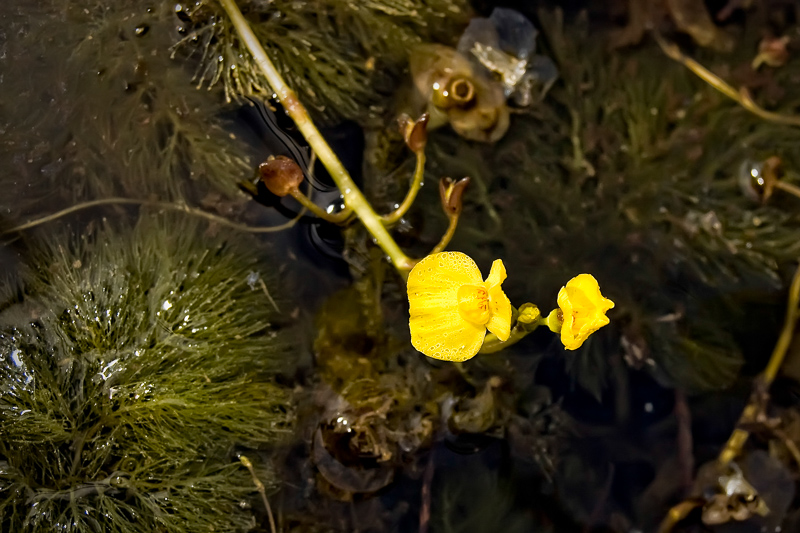
by Rich Leighton | Aug 29, 2019 | Carnivorous Plants, Florida Nature Facts, Florida Nature Photography, Nature & Wildlife
Mostly found living in lakes and rivers, the carnivorous bladderwort has a floating stem with tiny sack-like traps growing along it. These traps, or ‘bladders’, have clever door-like valves that open and shut within thousandths of a second when triggered. The...
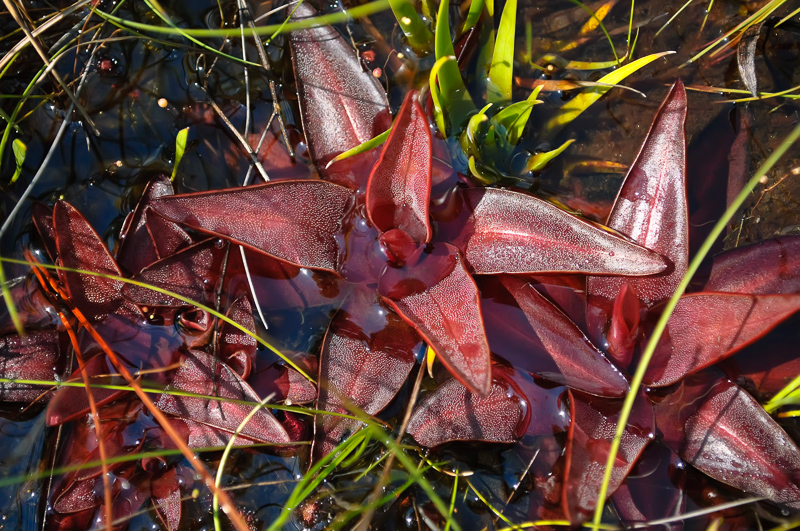
by Rich Leighton | Aug 24, 2019 | Carnivorous Plants, Florida Nature Facts, Florida Nature Photography, Nature & Wildlife
Butterworts have flat, sticky leaves that function like a cross between flypaper and a stomach. When insects land on a butterwort’s leaves, they get stuck in goo that’s excreted by sticky glands. The plant releases digestive enzymes and absorbs those tasty bug...
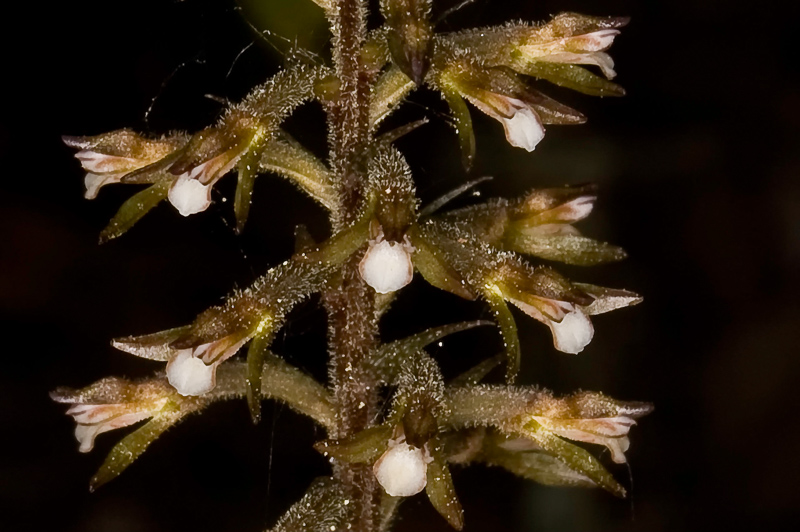
by Rich Leighton | Aug 4, 2019 | Florida Nature Facts, Florida Nature Photography, Natural History, Nature & Wildlife, Orchids
Our native orchids have a symbiotic relationship with certain fungi called a mycorrhizal association. The fungus provides nutrients to the orchid plant, and the orchid is a home to the fungus. Orchid seeds are so tiny they do not have enough food to nourish a...
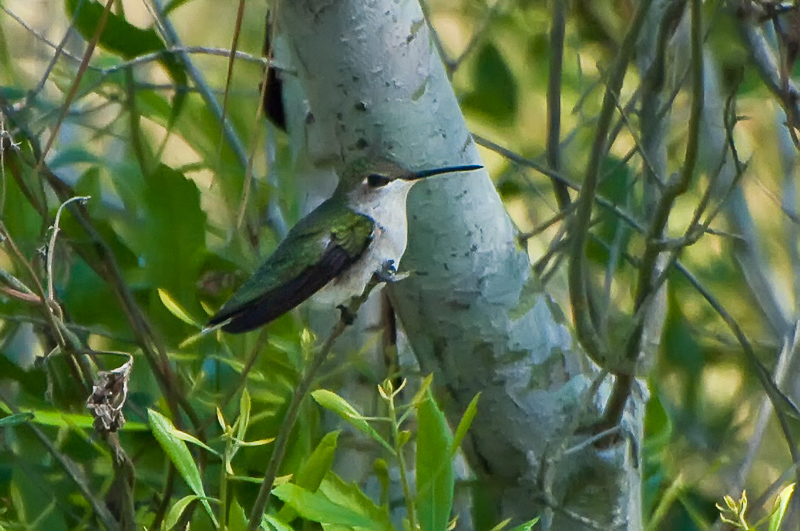
by Rich Leighton | Jul 11, 2019 | Birds, Florida Nature Facts, Florida Nature Photography, Natural History, Nature & Wildlife
Hummingbirds are the only birds that can fly backwards and their wings can beat at up to 80 times per second. Also a hummingbird’s heart beats at over a 1,000 times a minute! MORE PHOTOS OF BIRDS MORE FLORIDA NATURE FACTS Florida Nature Facts is a series about...







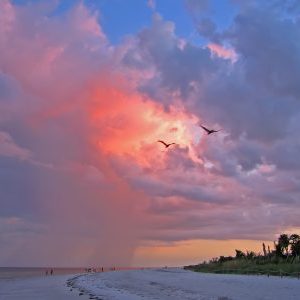
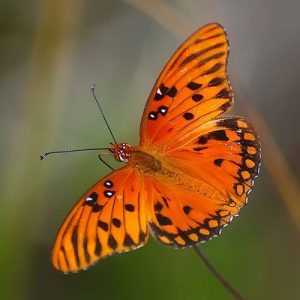
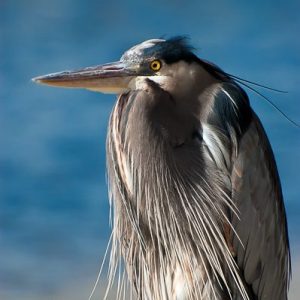
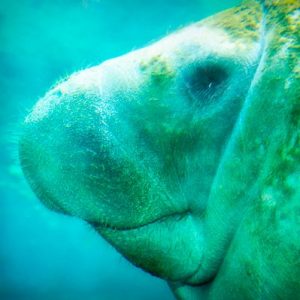
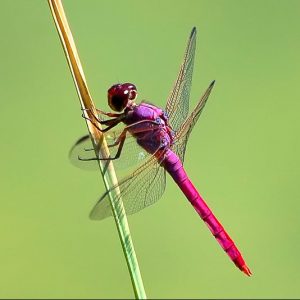
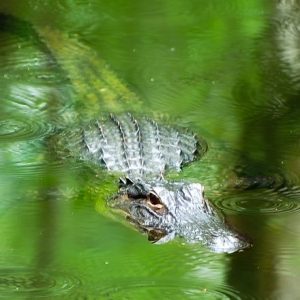
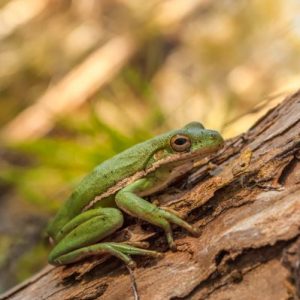
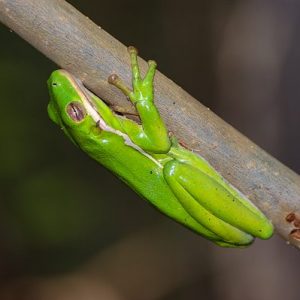
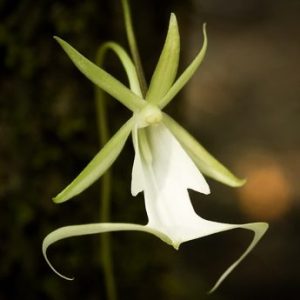
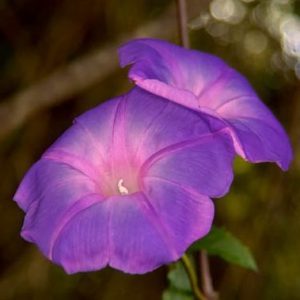
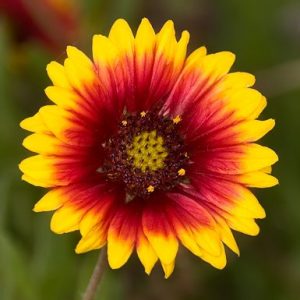
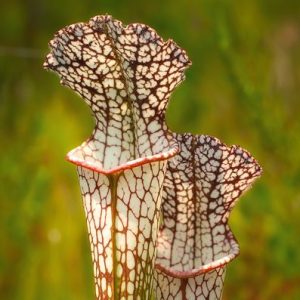
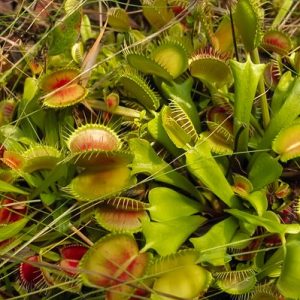
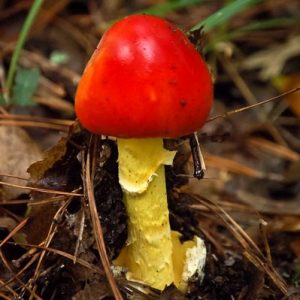
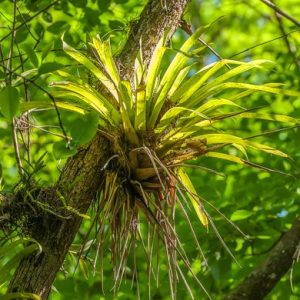
Recent Comments